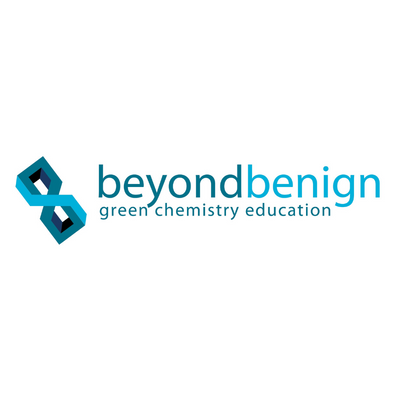A Green(er) Redox Reaction

Summary
Green chemistry is an approach to practicing chemistry that strives to reduce or eliminate the use and generation of hazardous substances. This focus on safety and environmental responsibility must always refer to a baseline measure, meaning that reactions can never be “green” but instead can always be “greener”.
This lab provides a great example of a greener approach to teaching reduction-oxidation (redox) reactions by replacing the traditional quantitative redox reaction between solid copper and aqueous silver nitrate. Typically, this lab is done at the end of a large unit covering different types of reactions and stoichiometry. This exercise will be used to show a redox reaction between solid magnesium metal and an aqueous solution of zinc chloride. The students will calculate the theoretical yield and using that information calculate the percent yield. The products are zinc metal and aqueous magnesium chloride.
This lab provides a great example of a greener approach to teaching reduction-oxidation (redox) reactions by replacing the traditional quantitative redox reaction between solid copper and aqueous silver nitrate. Typically, this lab is done at the end of a large unit covering different types of reactions and stoichiometry. This exercise will be used to show a redox reaction between solid magnesium metal and an aqueous solution of zinc chloride. The students will calculate the theoretical yield and using that information calculate the percent yield. The products are zinc metal and aqueous magnesium chloride.
Safety Precautions, Hazards, and Risk Assessment
Safety Information:
• Before handling, review manufacturer provided safety data sheets for full handling and safety information.
• Zinc chloride (ZnCl2) has serious health warnings. If it comes into contact with the skin, it needs to be washed with soap and water for several minutes. If it comes into contact with the eyes wash for 15 minutes in the eyewash and seek immediate medical attention. All appropriate protective equipment should be worn when handling zinc chloride, including lab goggles, gloves, and a lab coat.
• Magnesium metal is a flammable solid. Keep away from heat and ignition sources.
• Magnesium chloride is not a hazardous substance.
• Zinc metal is not a hazardous substance.
Disposal Information:
• Though products in this lab are not hazardous, waste should be disposed of as hazardous waste in the event that all zinc chloride has not fully reacted.
• Before handling, review manufacturer provided safety data sheets for full handling and safety information.
• Zinc chloride (ZnCl2) has serious health warnings. If it comes into contact with the skin, it needs to be washed with soap and water for several minutes. If it comes into contact with the eyes wash for 15 minutes in the eyewash and seek immediate medical attention. All appropriate protective equipment should be worn when handling zinc chloride, including lab goggles, gloves, and a lab coat.
• Magnesium metal is a flammable solid. Keep away from heat and ignition sources.
• Magnesium chloride is not a hazardous substance.
• Zinc metal is not a hazardous substance.
Disposal Information:
• Though products in this lab are not hazardous, waste should be disposed of as hazardous waste in the event that all zinc chloride has not fully reacted.
Digital Object Identifier (DOI)
https://doi.org/10.59877/ZSCA5729
File (PDF, PPT, image, etc)
File (PDF, PPT, image, etc)
Creative Commons License

This work is licensed under a Creative Commons Attribution-NonCommercial-ShareAlike 4.0 International License.



